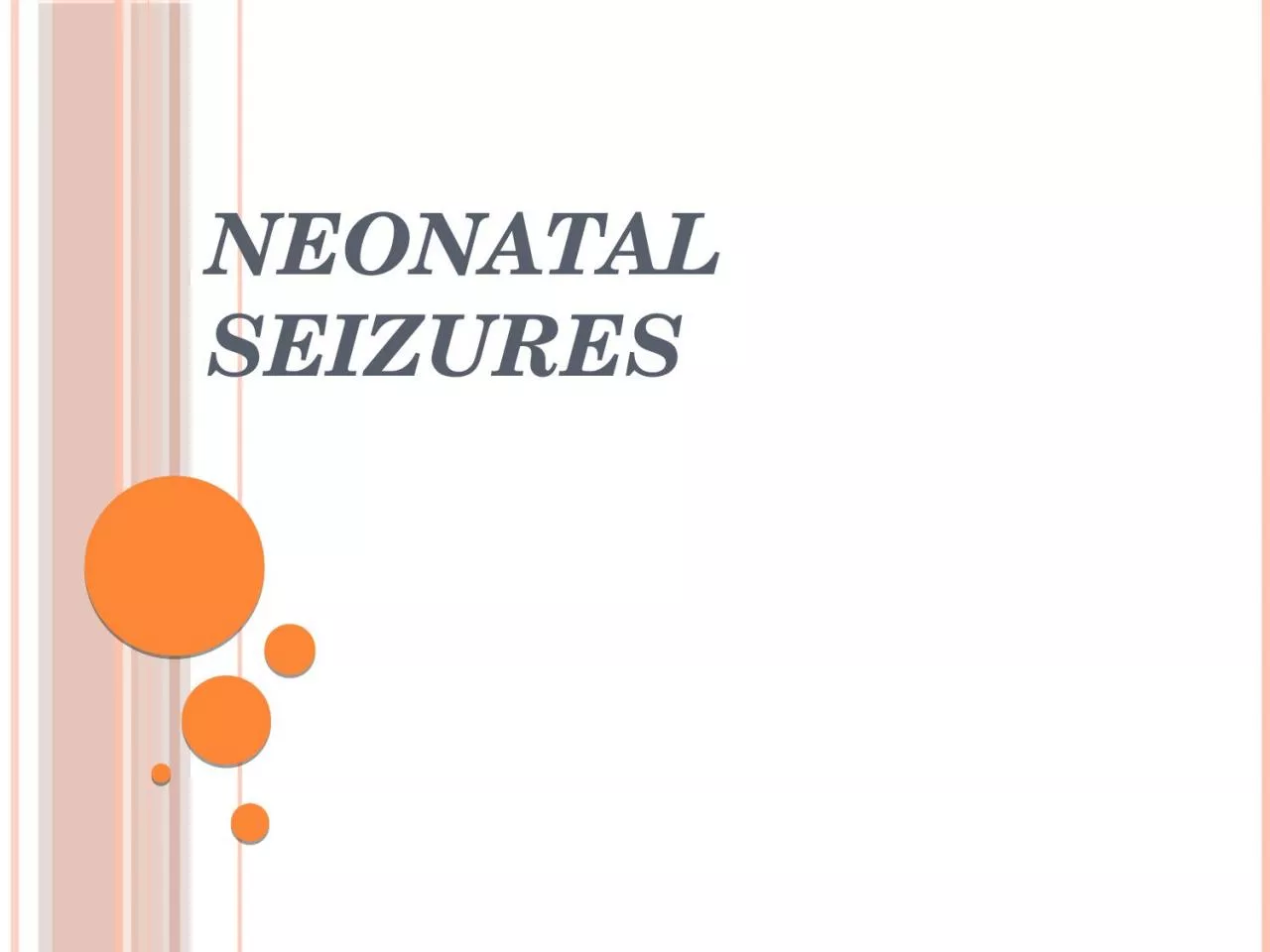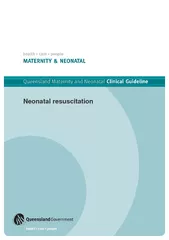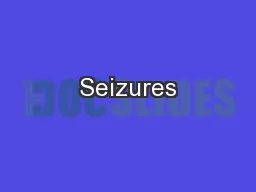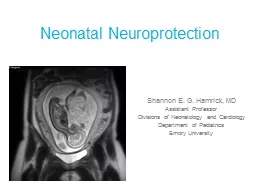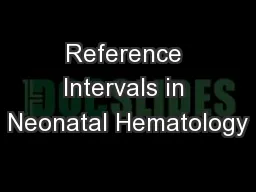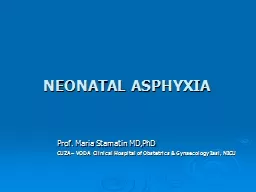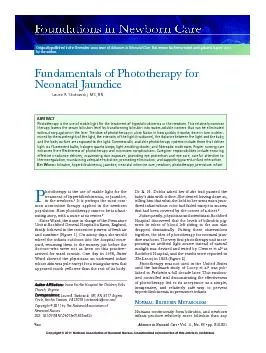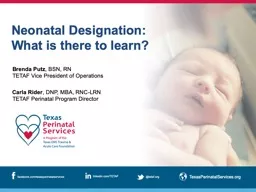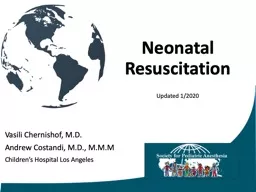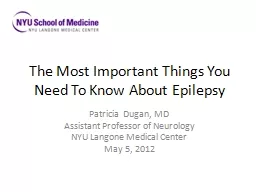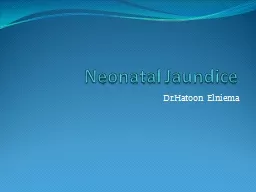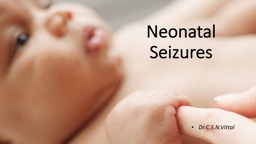PPT-Neonatal Seizures Seizures are possibly the most important and common indicator of
Author : riley | Published Date : 2024-02-02
immature brain has many differences from the mature brain that render it more excitable and more likely to develop seizures Generalized clonic seizures that are
Presentation Embed Code
Download Presentation
Download Presentation The PPT/PDF document "Neonatal Seizures Seizures are possib..." is the property of its rightful owner. Permission is granted to download and print the materials on this website for personal, non-commercial use only, and to display it on your personal computer provided you do not modify the materials and that you retain all copyright notices contained in the materials. By downloading content from our website, you accept the terms of this agreement.
Neonatal Seizures Seizures are possibly the most important and common indicator of: Transcript
Download Rules Of Document
"Neonatal Seizures Seizures are possibly the most important and common indicator of"The content belongs to its owner. You may download and print it for personal use, without modification, and keep all copyright notices. By downloading, you agree to these terms.
Related Documents

